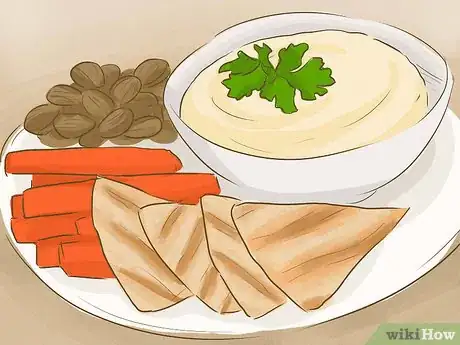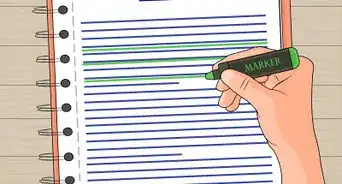This article was co-authored by Josh Jones. Josh Jones is the CEO and Founder of Test Prep Unlimited, a GMAT prep tutoring service. Josh built the world's first and only score guarantee program for private GMAT tutoring. He has presented at the QS World MBA Tour and designed math curricula for Chicago Public Schools. He has over 15 years of private tutoring and classroom teaching experience and a BA in Math from the University of Chicago.
This article has been viewed 17,291 times.
Everyone knows they need to study to maintain a decent GPA, but many people find it boring. Study parties, on the other hand, can make study sessions fun. You don’t have to be wealthy or live in a large house. Whether you live with your parents, in a dorm room, or share an apartment or house with your peers, you can work within in your means to throw a successful party. With the right space, some fun activities, and tasty food, you can help yourself and your peers improve their grades. You might even gain some popularity points while you’re at it!
Steps
Inviting Your Guests
-
1Schedule the party shortly before an exam. About a week before the exam should be ample time for everyone to absorb the material. Studies show that we learn best before 9:30pm, so aim for an early evening start to the party. Plan for a Friday or Saturday, so that your guests can sleep in the next day if the party runs late.
-
2Know who to invite. Narrow your potential guest list to your classmates from one class. Don’t overlook your friends! Invite at least a few classmates who take good notes, ask good questions, and rarely miss class—even if you don’t ordinarily talk to them. They’ll bring some motivation to the party, and you can make new friends in the process.Advertisement
-
3Send an email or e-vite. Collect your classmates’ email addresses or use the built-in email list of your class’s online portal, if you have one. If you have the time and the skills, you could design an eye-catching invite. If not, you could choose from the many websites (such as Care2 or WWF) that let you send free e-cards to multiple addresses. You could also send a group text spiced up with emojis.
- Send your invitations about two weeks in advance.
- Ask your guests to RSVP no later than one week before the party.
-
4Ask about dietary preferences. In the RSVP section of your invitation, ask everyone to tell you whether they’re vegan, Kosher, lactose intolerant, gluten-free, sensitive to caffeine, etc. Make a list of how many guests need accommodations, and take it with you when you go shopping.[1]
-
5Have everyone draw up a checklist of their goals for the evening.[2] Tell your guests to do this before they arrive at the party. They can check off each goal as they fulfill it. Remind your guests to limit their goals to what they can achieve in the timeframe of the party. During the final 15 minutes of the party, have everyone share what they managed to accomplish. This creates a sense of accountability and also makes everyone feel more productive as they depart for the evening.[3]
- Focus on concepts and problems that everyone has trouble understanding so you can work through them together.[4]
Setting up the Space
-
1Find an appropriate place. Make sure the space you choose is well-lit so that no one strains their eyes. If possible, choose a room with a variety of seating areas so that everyone is comfortable. Have enough chairs at the table. Create a place on the floor with a few pillows for guests who want to stretch out.
-
2Clean your study space. For a study party, you don’t have to worry about a thorough clean, but a quick tidying up will show your guests that you care. Clear any clutter that you won’t need for the party. Vacuum the carpet. Wipe away any dirt from the windows. If you plan on studying in your bedroom or dorm room, neaten the covers on your bed.
-
3Plan a distraction-free environment. Have everyone silence their phones during study time. Turn off the TV and the stereo. Have everyone put their laptop/tablet screens in plain view of each other to make sure no one wastes time on irrelevant websites. If you share your living space with others who will not be joining the party, ask them to be quiet around the party space.
-
4Provide extra supplies for people to borrow. Have extra sheets of loose-leaf paper, pens, and/or sharpened pencils for guests who forgot theirs. If your guests want to sit away from the table, have a few clipboards or hardcover books for them to lean on as they write. Provide extra copies of vocabulary words, short readings, study guides, etc. for your classmates.
Planning the Activities
-
1Start casually. When guests start to arrive, don’t force them into studying right away. Allow everyone to settle in for about 20 minutes. Provide a relaxing atmosphere with some music. Set out some snacks for guests who might be hungry.
-
2Study Pomodoro style. In the traditional Pomodoro Technique, students alternate 25 minutes of uninterrupted study with five minutes of break time.[5] Feel free to make modifications, such as 30 to 45 minutes of study with 20- to 30-minute breaks. Some examples of break activities include:
- Playing music
- Watching TV
- Streaming short videos online
- Playing video games
- Relaxing outside, if possible
-
3Teach each other the material. Write different class topics on strips of paper, and put them in a hat or similar container. Have everyone randomly draw a topic from the hat. Have them pair up or form groups of three. Each person should then “teach” their topic to the other group member(s) by putting the material into their own words. After about 10 to 15 minutes, have the groups split up and find new partners to “teach.”
-
4Make puzzles. Many websites, such as DiscoveryEducation.com, generate free crossword puzzles, seek-and-finds, jumbles, etc. Decide on the one or two puzzle formats most relevant to your subject. Take about an hour to fill out clues and answers. Print enough copies for everyone attending the party. You can decide whether to have everyone pair up or work as one big group.
-
5Play study games. A few fun games will prevent your party from flopping. Use your favorite game shows, board games, etc. as inspiration to make your study session more interesting. Divide your guests into teams. (The number of teams will depend on how many people show up.) Each team member will take turns answering questions. Some examples of games include:
- Jeopardy: Buy or find a stack of index cards. Write point values on one side and questions and answers on the other. Questions should become more challenging as point values get higher.
- Trivial Pursuit: Use the board from the original game with new questions tailored for the party. Use index cards for the questions.
-
Modified Charades/Pictionary: One or two people are assigned a topic to draw or act out. Everyone else must use clues in the sketch to figure out the answer. Unlike regular charades, actors should be allowed to talk.
- If you’re studying U.S. History, you could have two people “debate” which issues should be included in the Constitution.
- If you’re studying English Literature, everyone could act out chapters from the novel your class is reading.
Choosing the Food and Drinks
-
1Have enough plates and cups on hand. Disposable (includes recyclable and compostable) plates and cups reduce the amount of cleaning you’ll have to do after the party is over. If you stick to finger foods, you won’t have to worry about utensils. Buy one package of plates and one package of cups.
-
2Label the food and drinks. This is especially helpful if you have to consider dietary restrictions. Point out indicators such as vegan, gluten-free, caffeine-free, etc. However, even without dietary restrictions, your guests might simply prefer, say, diet cola over regular. Letting your guests know what they’re about to consume is the courteous thing to do.
-
3Serve pizza. If you have access to an oven, buy a few frozen pizzas from the grocery store, and cook them. If this isn’t the case, order a few pies from the local pizzeria. How many pizzas you buy depends on the number of guests and their dietary preferences.
-
4Buy or bake sweet snacks. Bake the snacks if you have access to an oven and are confident of your cooking skills. If you aren’t a good cook or live in a dorm room, it’s best to buy them from a grocery store or bakery. Place them on a tray on a surface separate from the main study area. Some options include:
- Cupcakes
- Brownies/blondies
- Doughnuts
- Cookies
-
5Buy salty snacks. Salty snacks are inexpensive, easy to eat, and easy to clean up. About two party-size (18-ounce/510-gram) bags of chips should accommodate a group of five or six. Have a variety of dips on hand to accommodate everyone. Some possibilities include:
- Potato chips
- Tortilla chips
- Pretzels
- Ranch dip
- Hummus
- Salsa
-
6Serve a variety of beverages. Since studying requires alertness, most of your beverages will likely be caffeinated. However, you should also have a few caffeine-free drinks on hand. Consider hot beverages if you’re allowed to have an electric kettle or coffee maker in your room. Buy soft drinks in two-liter bottles for smaller groups or six packs for larger groups. Some ideas include:
- Coffee
- Hot tea
- Regular and/or diet cola
- Regular and/or diet version of clear soda (like Sprite or 7-Up)
- Bottled water
Warnings
- If you live with your parents or roommates, check with them before throwing a party.⧼thumbs_response⧽
- Don't have alcohol at your party.⧼thumbs_response⧽
- Don't force the learning too much. Go easy on the people and gradually increase difficulty.⧼thumbs_response⧽
References
- ↑ http://www.baltimoresun.com/entertainment/dining/bs-fo-dinner-party-tips-20161101-story.html
- ↑ Josh Jones. Academic Tutor. Expert Interview. 15 November 2019.
- ↑ https://hbr.org/2011/05/the-power-of-small-wins
- ↑ Josh Jones. Academic Tutor. Expert Interview. 15 November 2019.
- ↑ http://disability.illinois.edu/sites/default/files/Pomodoro%20Technique.pdf
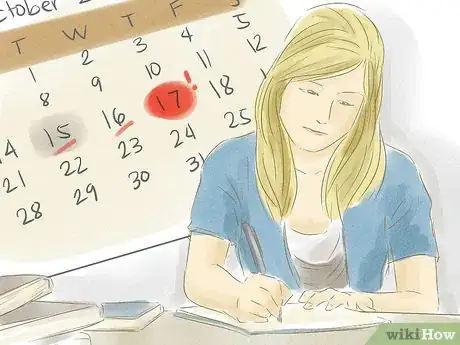
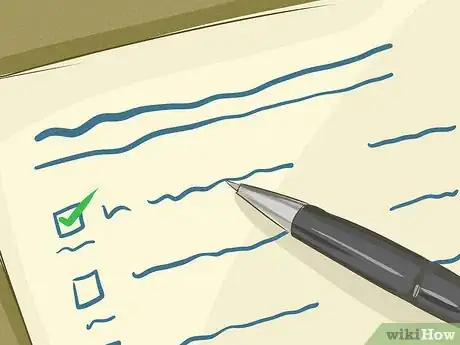
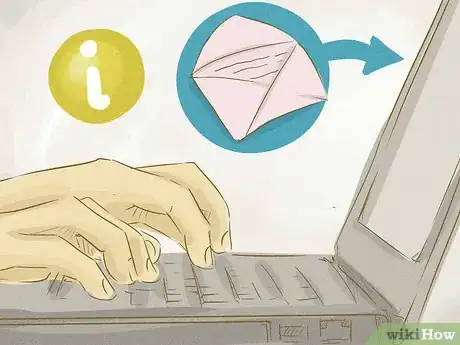
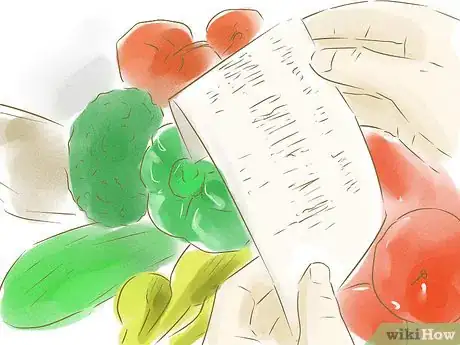
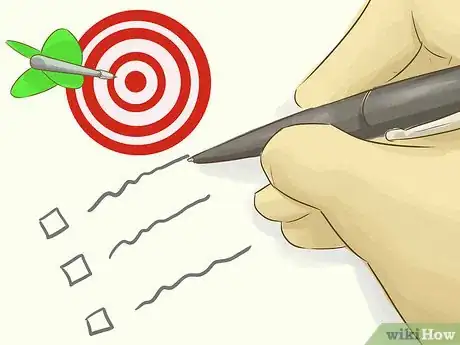

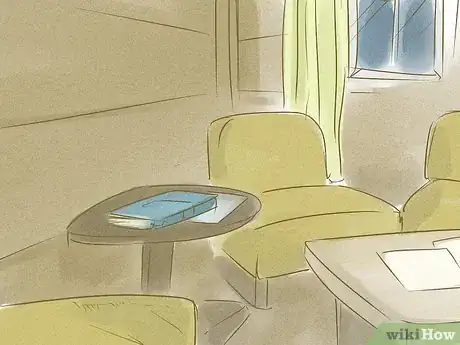

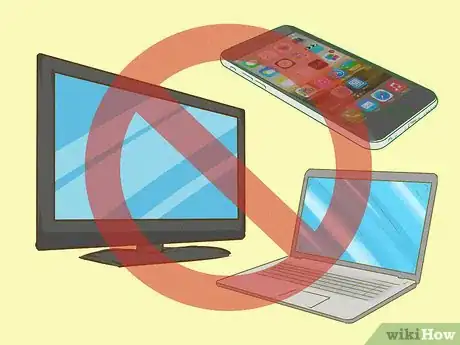
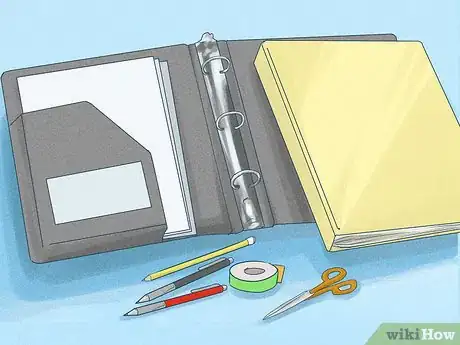
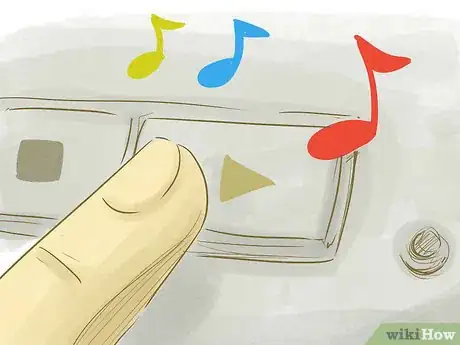
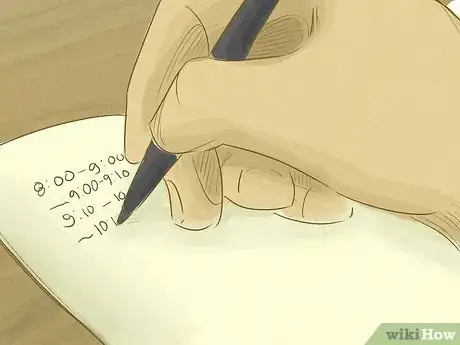





-Step-6-Version-3.webp)
-Step-5-Version-3.webp)
